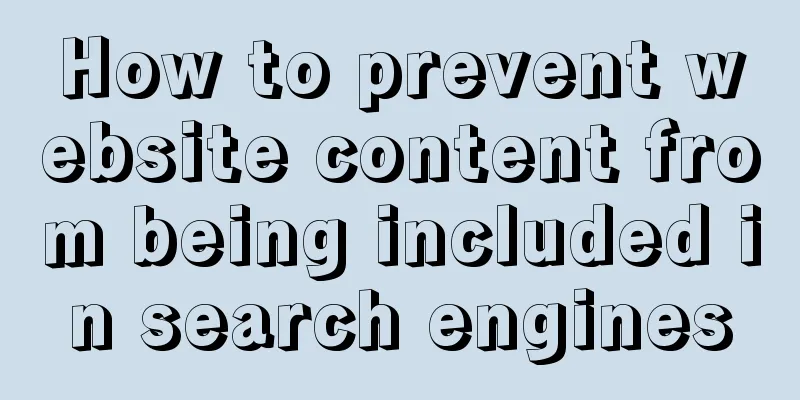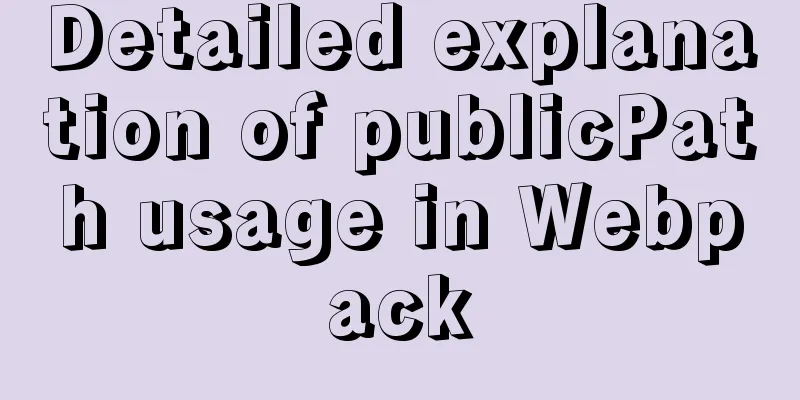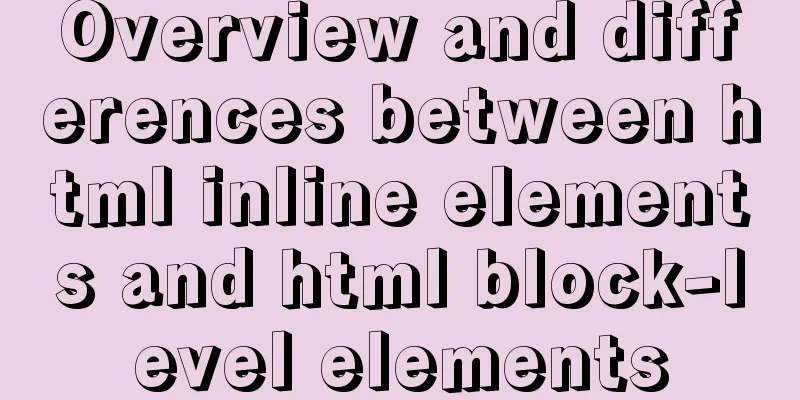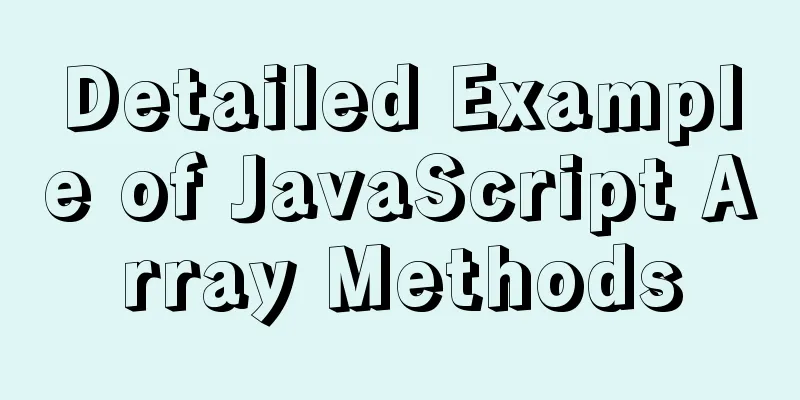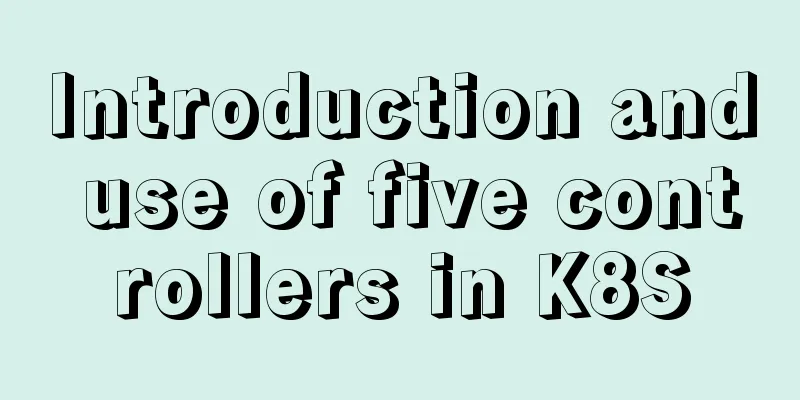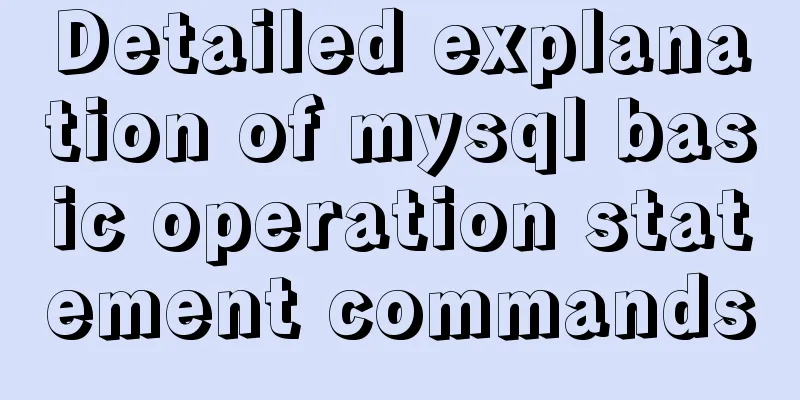Design Theory: Textual Expression and Usability

|
<br />In text design, we usually focus on the layout of the text, how to layout it so that our text looks more beautiful and easier to read; however, the meaning expressed by the text itself is equally important, because the fundamental meaning of our layout is to make it easier for users to understand the content. 1. Let’s discuss the importance of this in a simple way based on a few points in the design . Text can be found everywhere in software design, such as titles, text on buttons, feedback text, navigation, etc. The title mainly tells us the theme of the current interface. For example, when we enter "My Network Places" from the desktop of our Windows operating system, the title displayed is "My Network Places", which is a general term for computers connected to the Internet with me. If we use "My Neighbors" to express it, it can also be understood as "My Network Places", but it is not accurate enough because some people will understand it as "my neighbor who lives next door to me." If you feel that the above example is too wordy and not intuitive enough, we can also take a look at the title of the error prompt window:  From the title in the above picture, "Error while renaming file or folder", we can simply analyze that this title is relevant to the context. First of all, it is an error message prompt window, and it also explains when the error occurred during the operation. In terms of expression, it is just right. If you insist on using "Error" as the title, no one will say that you are wrong. It is just a window that pops up suddenly. A simple "Error" may confuse some users and reduce usability. Buttons are also commonly used expression elements. We use words to express the functions of many buttons. Here are some common examples:
To sum up the above examples, we always use specific text to describe the function of buttons in specific scenarios. The meaning of the text itself plays a key role in usability and ease of use. Information prompt text is a very important part in software interface design, simply because it is used to communicate directly with users; when users encounter problems using software, information text feedback can guide users to take action, and this interactive process is mainly carried out through text prompts, where the accuracy and constructiveness of the text description are of primary importance. The most important thing about information prompt text is to "explain the cause of the error and provide constructive operational tips." Mocking users, commands, accusations, and other emotional language and tones are not allowed.  The picture above is a confirmation prompt, which accurately indicates that we want to delete the "My Computer Icon" instead of "My Computer". Otherwise, some users will understand that all files on the computer have been deleted. It also prompts the subsequent recovery method, which makes it clear enough. The operator basically has no more doubts about this thoughtful reminder. I won’t go into detail about the navigation text . Just click on it to see what the navigation means. Generally speaking, deceiving users into clicking may result in losing the user. If your sole purpose is to deceive people, I have no objection to you writing a navigation book that is irrelevant to the topic. 2. Some suggestions on how to ensure that the text conveys the meaning :
|
<<: How to restore docker container data
>>: JS realizes the case of eliminating stars
Recommend
WeChat applet implements the Record function
This article shares the specific code for the WeC...
How to modify the ssh port number in Centos8 environment
Table of contents Preface start Preface The defau...
Vue uses Split to encapsulate the universal drag and slide partition panel component
Table of contents Preface start Basic layout Data...
Example of how to implement MySQL cascading replication
The so-called cascading replication is that the m...
Full-screen drag upload component based on Vue3
This article mainly introduces the full-screen dr...
How to set Nginx log printing post request parameters
【Foreword】 The SMS function of our project is to ...
Detailed explanation of how to use the Vue license plate search component
A simple license plate input component (vue) for ...
Common considerations for building a Hadoop 3.2.0 cluster
One port changes In version 3.2.0, the namenode p...
WeChat applet implements calculator function
WeChat Mini Programs are becoming more and more p...
Implementation of CSS border length control function
In the past, when I needed the border length to b...
MySQL 8.0.11 Installation Guide for Mac
MAC installs mysql8.0, the specific contents are ...
Summary of common docker commands
Docker installation 1. Requirements: Linux kernel...
Implementation of adding visit count function in github+Jekyll blog in one minute with JS
Table of contents Add traffic function to github+...
Ajax responseText parses json data case study
Solve the problem that the responseText returned ...
Detailed explanation of the solution to Tomcat's 404 error
The 404 problem occurs in the Tomcat test. The pr...
